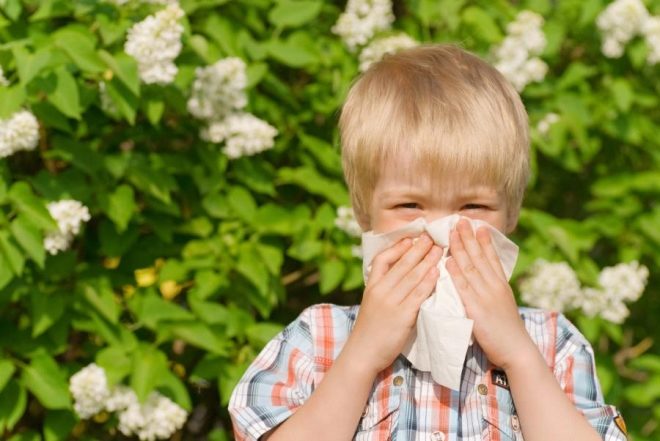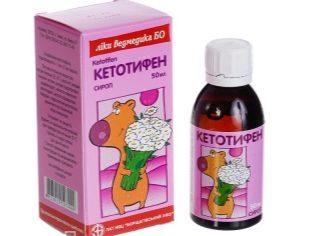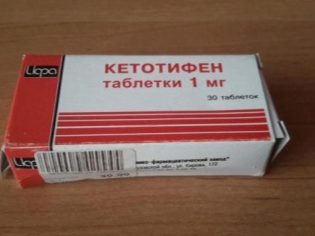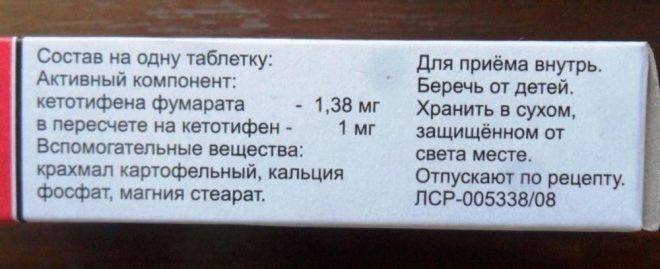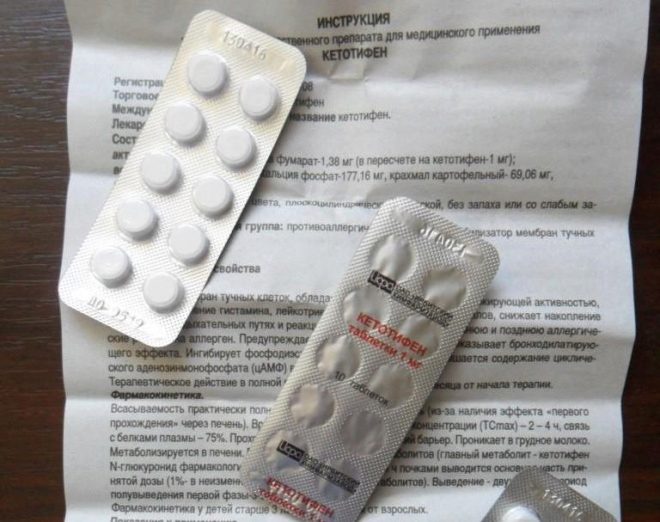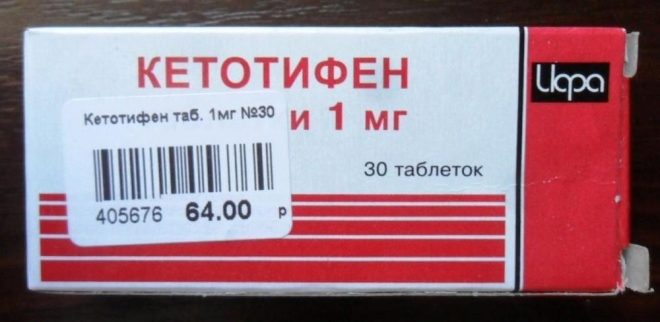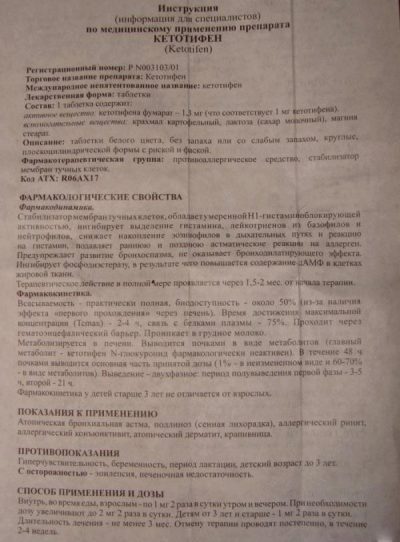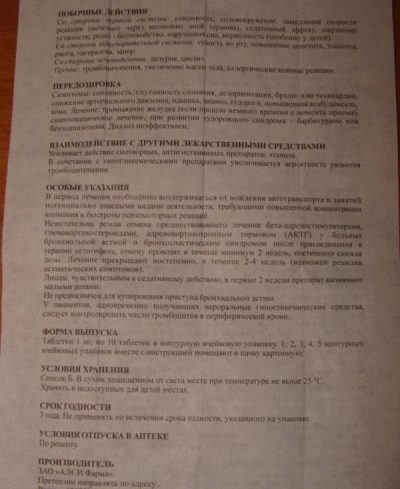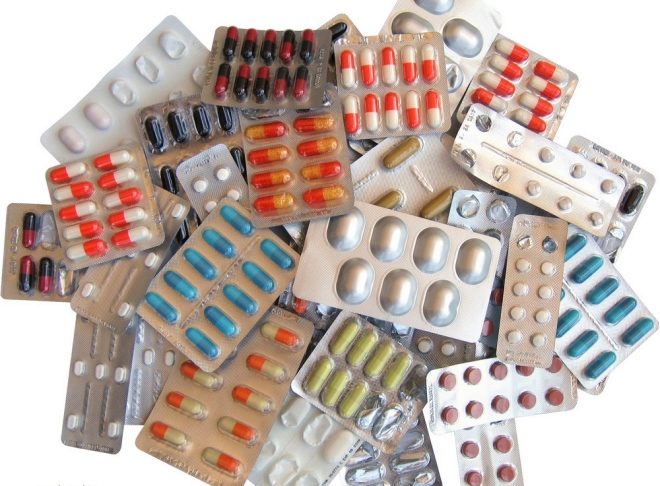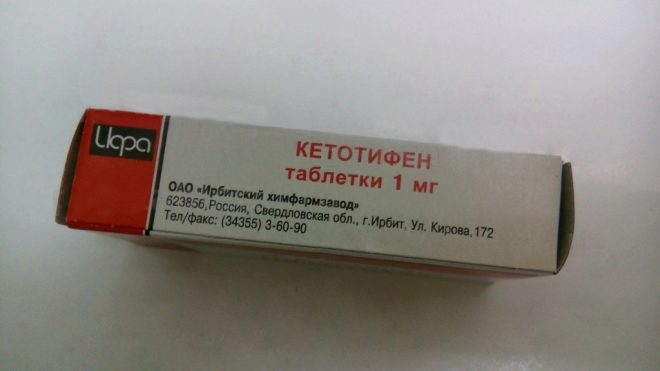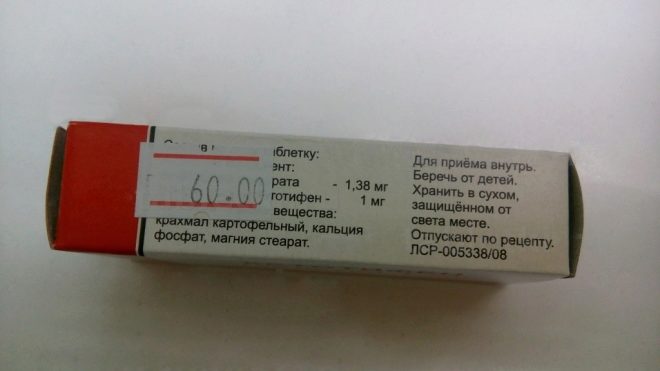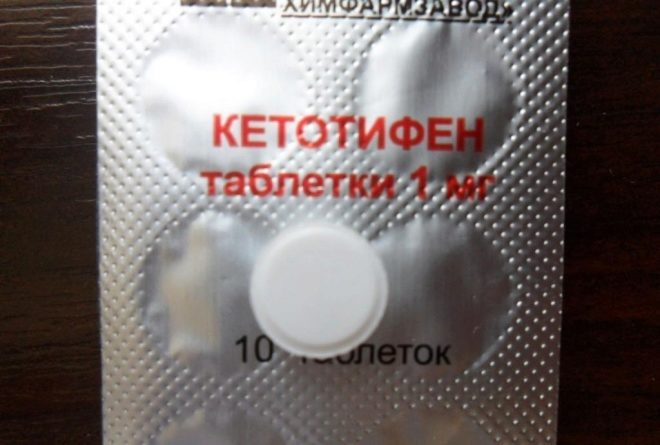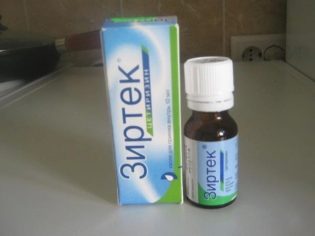Ketotifen for children
The modern drug market offers a large selection of anti-allergy drugs. One of them is Ketotifen, which is often used for adults with allergic dermatitis, bronchial asthma, allergic rhinitis and other diseases that provoke allergens. Not everyone knows whether it is possible to give such a medicine to children when it is used in childhood and which analogues can be replaced.
Release form
"Ketotifen" is produced by several domestic companies, but in our market there is also a Bulgarian drug, called "Ketotifen Sopharma". They are presented in two forms, which are used for children of different ages:
- Syrup. It is a viscous transparent liquid of yellowish color or without color, which smells like vanilla or strawberry. One bottle contains 50 or 100 ml of this medicine. A 5 ml measuring spoon or measuring cup is attached to the bottle.
- Pills. They have a white color, a round flat shape and a slight peculiar smell. They are packed in blisters of 10 pieces and sold in packs of 10-60 tablets.
Composition
The main component of the drug is ketotifen fumarate or hydrofumarate. In terms of ketotifen, its dosage of 5 milliliters of syrup, as in one tablet, is 1 mg. Sodium saccharinate, citric acid, ethyl alcohol, sucrose, sorbitol, purified water and other compounds can act as syrup auxiliaries. The solid drug may additionally include milk sugar, magnesium stearate, MCC, starch and other ingredients.
Operating principle
Ketotifen has the ability to influence mast cells (stabilize their membranes). This action prevents the release of histamine and other active substances from these cells. Since this release occurs during an allergic reaction, the drug effectively eliminates the various allergy symptoms.
In addition, Ketotifen prevents the accumulation of eosinophils in the tissues of the respiratory tract and is able to prevent asthma attacks (to prevent bronchospasm, but not to expand them). Such a medicine blocks receptors for histamine, which is also important for eliminating or preventing an allergic reaction.
An ingested drug is very quickly and almost completely absorbed, and meals do not affect absorption of the drug.
The maximum concentration of its active substance is determined in the blood 2-4 hours after administration, but the therapeutic effect does not appear immediately, but after 6-8 weeks from the beginning of use. After metabolic changes, most of the medication is excreted in the urine.
Indications
Ketotifen is in demand:
- For the prevention of asthma attacks in the complex treatment.
- With allergic bronchitis.
- With atopic dermatitis.
- With allergic rhinitis.
- With hay fever.
- When urticaria.
- With inflammation of the conjunctiva of an allergic nature.
At what age is it allowed to take?
"Ketotifen" is not appointed in the first 6 months of life. Babies older than six months are prescribed medication in the form of syrup. The tablet form of the drug is used in the treatment of children who are 3 years old. If a child over 3 years old has difficulty taking solid medication, he can be given syrup.
Contraindications
The drug is not prescribed if a small patient has a hypersensitivity to any of its ingredients. For epilepsy or liver disease, Ketotifen should be monitored by a doctor.
Side effects
- Taking Ketotifen may cause drowsiness and affect the speed of mental reactions, slowing it down. The drug is the cause of mild dizziness. Such negative symptoms usually occur at the beginning of treatment and soon disappear.
- Sometimes the child’s body may react to syrup or pills with increased appetite, dry mouth or dyspeptic symptoms.
- In rare cases, the drug provokes weight gain, cystitis, or a decrease in platelet levels.
Instructions for use and dosage
- The medication is given to children twice a day - in the morning and in the evening. Meals for treatment with "ketotifen" does not affect, but the remedy is recommended to be taken during meals.
- For children aged 6-36 months, a single dosage is 500 μg, which corresponds to 2.5 ml of syrup.
- A child over 3 years old is given 1 mg of the drug at a time. This dose of the drug is contained in 5 ml of syrup or in one tablet.
- The tool is often prescribed a long course of 2-3 months, and cancel "ketotifen" gradually, reducing the dosage over several weeks.
Overdose
A very large dose of ketotifen causes drowsiness, disorientation, bradycardia, shortness of breath, convulsions, and other dangerous symptoms. In children, overdose is often manifested by increased excitability. If it is detected, it is necessary to provoke vomiting and give the baby laxatives or activated carbon, immediately calling an ambulance.
Interaction with other drugs
Taking the medicine enhances the therapeutic effect of many drugs, including sedatives, antihistamine medicines or sleeping drugs. If in case of bronchial asthma or allergic bronchitis Ketotifen is used together with bronchodilators, their dosage can be reduced. The simultaneous administration of ketotifen and oral hypoglycemic agents leads to reversible thrombocytopenia.
Terms of sale
The drug belongs to prescription drugs, so before you purchase it, you need to go with the child to the doctor and take a prescription. The average price of 30 tablets "ketotifen" is 30 rubles. Syrup of both Russian and Bulgarian production costs about 75 rubles per bottle.
Storage conditions
The shelf life of unopened syrup and Ketotifen tablets is 3 years (Sopharma tablets are 4 years). Until it has expired, the medicine can be kept in a dry place at room temperature. In this case, the drug must be protected from sunlight and inaccessible to a small child. After opening the bottle, the syrup is stored for only 1 month.
Reviews
There are many good reviews about the treatment with Ketotifen. They confirm the effectiveness of such a tool for different forms of allergies and praise the drug for an affordable price. According to parents, the medicine helps to get rid of allergic cough, dermatitis, rhinitis, and other manifestations of allergic diseases. Moms like that for young patients the medicine is released in the form of a syrup, the taste of which does not cause a protest in most children.
There are also negative reviews. Some have noted the absence of the expected effect. Sometimes parents complain that the remedy only helped at the first admission, and repeated treatment was ineffective. Many mothers speak badly about medication due to side effects such as drowsiness and nervousness. Do not like parents and the need to take the drug a very long course.
Analogs
Instead of "Ketotifen", drugs with the same effect can be used - for example, means based on cromoglicic acid ("Intal", "Crom-allerg", "KromOGEKSAL").In addition, children with allergies can be prescribed drugs with antihistamine action.
The most popular tools are:
- Syrup "Claritin»whose active substance is loratadine. This remedy does not provoke drowsiness and can be used for urticaria, allergic conjunctivitis, atopic dermatitis and other diseases. The drug is used from the age of two and is also available in tablets that are prescribed to children over 3 years old.
- Drops "Zyrtec». This is one of the drugs cetirizine, approved for children from 6 months of age. The drug is in demand for seasonal rhinitis, angioedema, food allergies, urticaria, and other diseases. In solid form (tablets in the shell) it is discharged from 6 years.
- Tablets "Suprastin". The main component of this drug is chloropyramine. The tool is prescribed to children older than 3 years. The drug is also available in injectable form, which is in demand at high body temperature, which is dangerous for the child (used together with “Analgin”).
- Syrup "Erius." Such a sweet medicine based on desloratadine is used for itching, sneezing, rashes and other manifestations of allergy in children older than a year. "Erius" is also available in coated tablets, approved from 12 years.
- Drops "Fenistil". The main advantage of this drug containing dimetinden is the possibility of use for children from 1 month. The drug is also represented by local forms (gel, emulsion), prescribed for allergic skin lesions.
Dr. Komarovsky will tell you about which anti-allergic drugs are better for treating a child in the video below.

